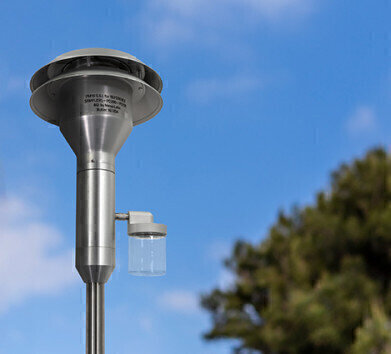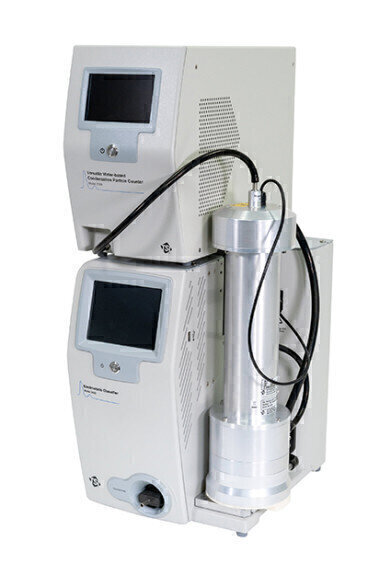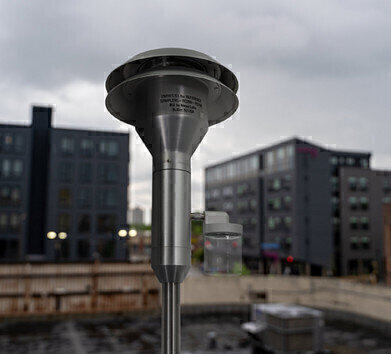Air Monitoring
What are ultrafine particles, and how can you include size distributions and concentrations as part of routine air quality monitoring?
Jun 01 2021
Ultrafine particles (UFP) are particles that are too small to contribute appreciably to mass-based measurements, but are present in ambient air. While regulations focus on PM and neglect ultrafine particle number concentrations, a growing body of research is investigating the ultrafines present in the air we breathe. The findings of this research motivate the measurement of ultrafine particles at several air quality monitoring stations. With the methods and equipment described in the European standards CEN/TS 16976 and 17434, harmonised monitoring of ultrafine particles becomes accessible for anyone. A brief description of how TSI offer a solution for UFP monitoring follows, from taking a representative sample to quantifying particle number concentration and size distribution.
Collecting a representative sample of aerosol from the ambient environment – and changing it as little as possible while preparing it to be measured by instrumentation – can be challenging. Diffusion losses must be minimised, and the aerosol must be dried sufficiently. In addition, some locations will need to dilute the aerosol prior to measurement; dilution accuracy is an important consideration in such cases. All of these considerations are addressed in TSI’s Sampling System Model 3750200. The system includes a PM10 sampling head that can sample aerosols under a wide variety of wind conditions (omnidirectional). An optional PM2.5 cyclone (included with purchase) removes particles 2.5 micrometers and larger from the sampling flow. A Nafion drier conditions the aerosol sample to have a relative humidity < 40%, preventing condensation and hygroscopic growth whilst a flow splitter ensures that the sample is split in a representative fashion among instruments.
The number concentration of ultrafine particles is a key metric of interest. For measuring number concentration in compliance with CEN/TS16976, the Condensation Particle Counter Model 3750-CEN is a reliable choice. It is capable of measuring number concentrations up to 100,000 particles/cm³. For higher concentrations the Model 3333-10 Aerosol Diluter is available. Data can be integrated into existing monitoring network data acquisition systems.
Gaining insight into particle size is beneficial because particle size affects aerosol transport and deposition in the respiratory tract, and can provide valuable insights for source apportionment. TSI’s family of Scanning Mobility Particle Sizers (SMPS™) has a long and global history of use for numerous aerosol sizing applications, including measuring ambient ultrafine particles.
TSI’s newest member of the SMPS family – Model 3938W50-CEN – has a new component (DMA) that makes it possible to scan from 10 to 800 nm in a single scan. It is a valuable tool for around-the-clock monitoring of ultrafine size distributions.
This SMPS model also utilises the TSI standard electrostatic classifier, the above-mentioned CPC 3750-CEN, and can accommodate both radioactive and soft x-ray neutraliser options.
From sampling to counting and sizing, TSI now has all the tools needed to monitor ultrafine particles in a manner compliant with the CEN standards.
Digital Edition
AET 28.2 April/May 2024
May 2024
Business News - Teledyne Marine expands with the acquisition of Valeport - Signal partners with gas analysis experts in Korea Air Monitoring - Continuous Fine Particulate Emission Monitor...
View all digital editions
Events
Jul 30 2024 Jakarta, Indonesia
China Energy Summit & Exhibition
Jul 31 2024 Beijing, China
2024 Beijing International Coal & Mining Exhibition
Aug 07 2024 Beijing, China
IWA World Water Congress & Exhibition
Aug 11 2024 Toronto, Canada
Aug 25 2024 Stockholm, Sweden and online












.jpg)








